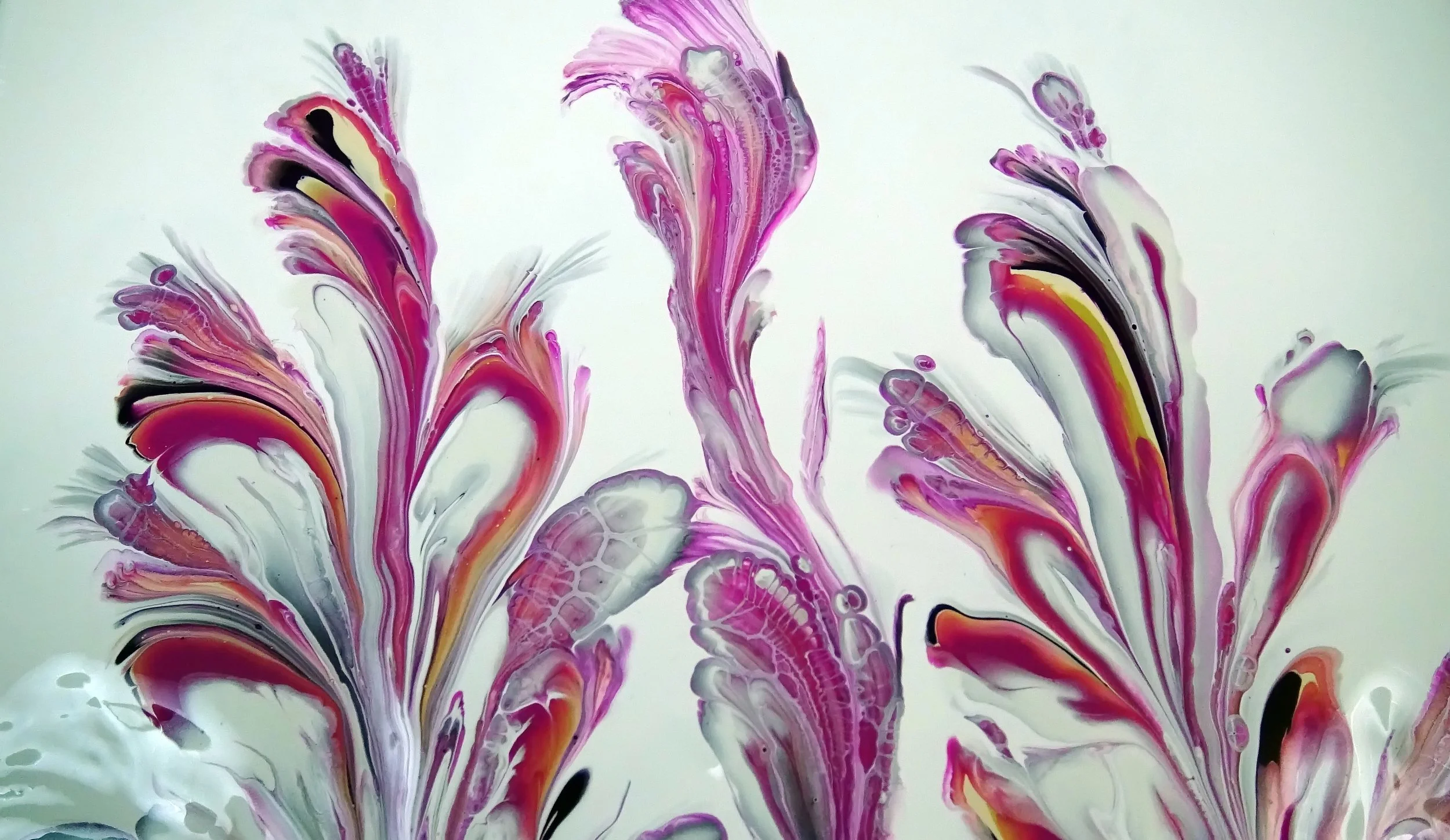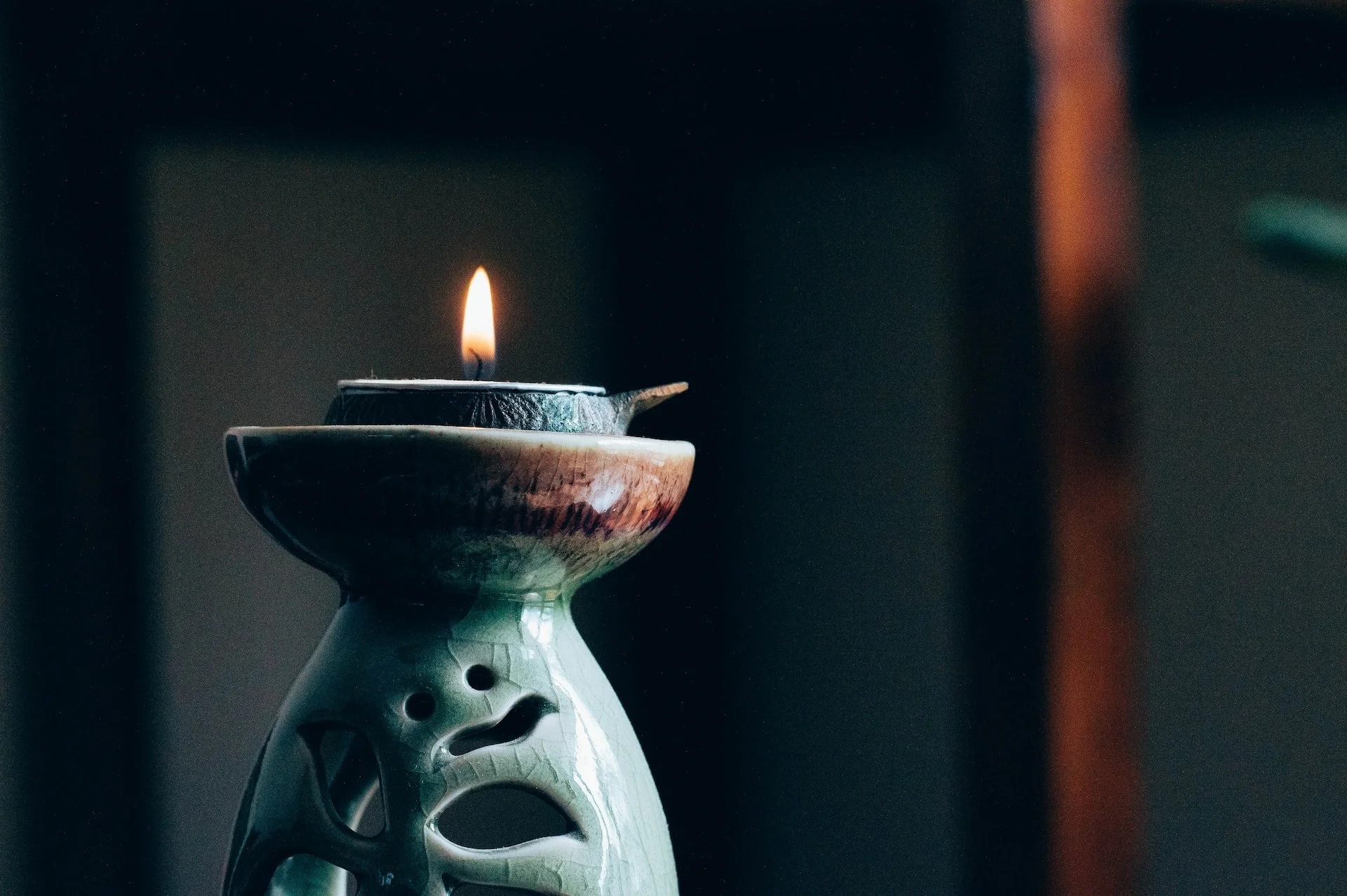Recovering Interfaith History, Recovering Ourselves
Reclaiming Ashoka - An Iron Age Interfaith Exemplar
How the 1993 Parliament of the World’s Religions Changed My Life
Knowing Huston Smith
Foundational Documents of the Interfaith Movement
Torah, Sequined Saris, Chapattis, and Peace
A Dream That Is Contagious
Looking Back to Light Our Future
A TIO Interview with Marcus Braybrooke
TIO: When you first became involved in interfaith activities, few if any discerned how several decades of globalization would put religious diversity issues, for good and for ill, center stage in millions of communities. As a preeminent historian of this transformation and its best fruit, the interfaith movement, please share with us how you were drawn to this arena.





